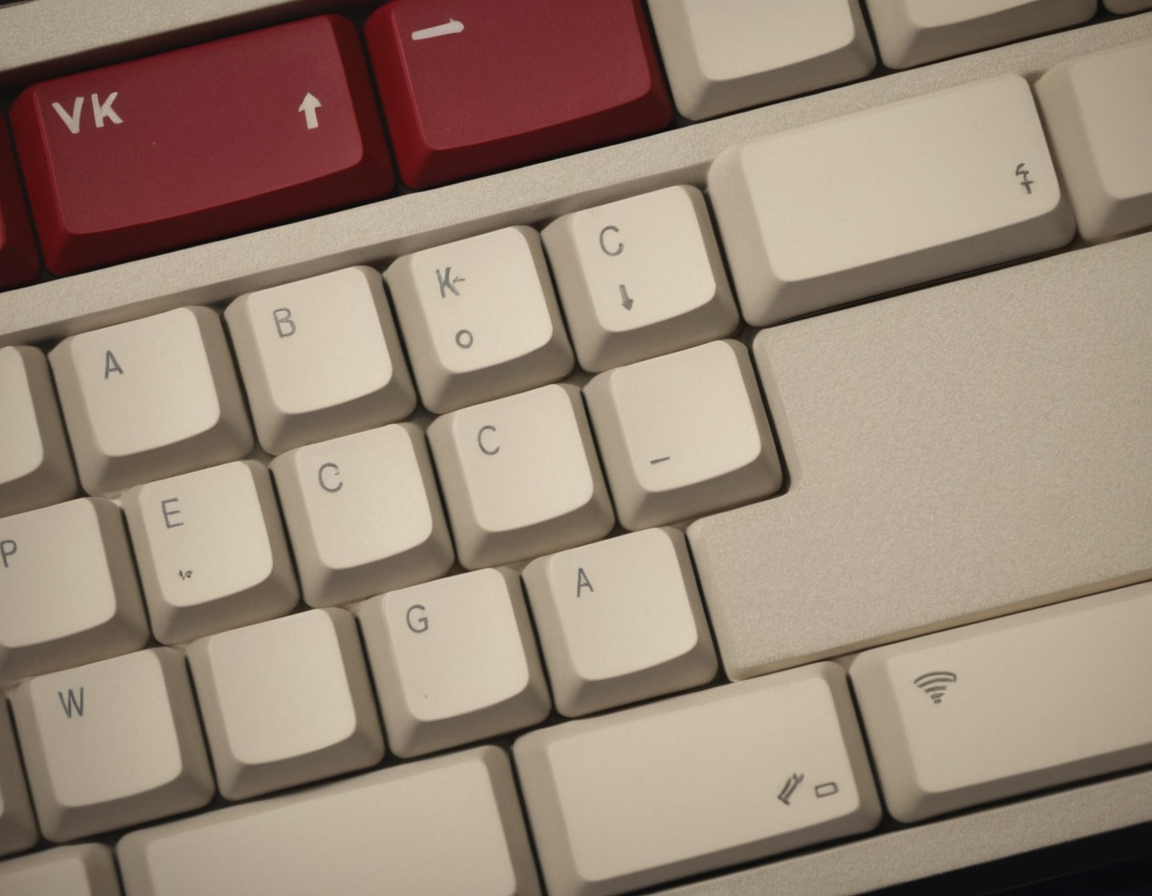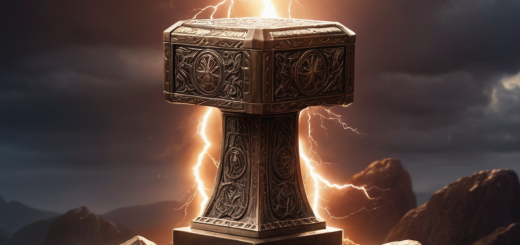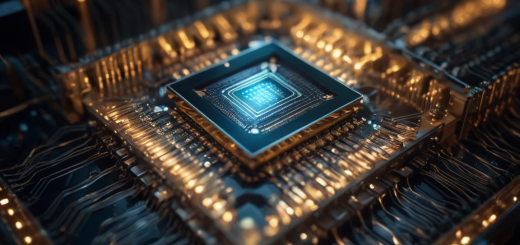The Fascinating History of the QWERTY Keyboard Layout
Uncovering the QWERTY Keyboard: A Journey Through Time
The QWERTY keyboard layout is a fascinating artifact of technological history, with a story that combines innovation, competition, and serendipity. In this post, we’ll delve into the origins and enduring legacy of this ubiquitous design.
The Birth of QWERTY
In the late 19th century, Christopher Latham Sholes, a newspaper editor and printer, was on a quest to build a machine that could type letters faster than a person could write by hand. The result was the typewriter and, with it, the QWERTY layout. Named for the first six keys on the top letter row, the QWERTY arrangement was said to have been devised to reduce jams by separating commonly used letter pairs.
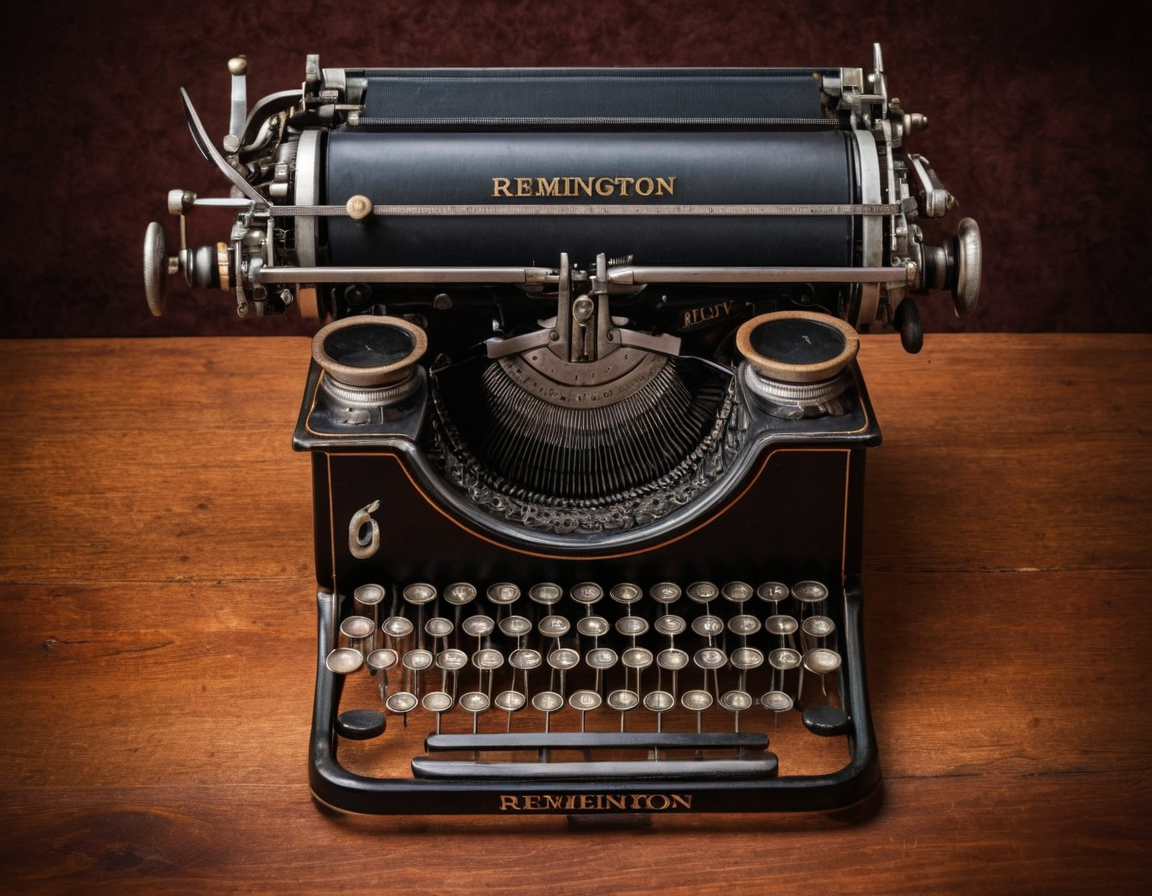
Rise to Dominance
Despite multiple attempts to dethrone it, the QWERTY layout grew in dominance. The success of the Sholes and Glidden typewriter, later called the Remington No. 1, played a crucial role in cementing QWERTY’s widespread adoption. By the time alternatives arrived, QWERTY was too deeply entrenched in the business world.
Challenging QWERTY: The Dvorak Simplified Keyboard
In the 1930s, Dr. August Dvorak, recognizing the inefficiencies in the QWERTY layout, designed the Dvorak Simplified Keyboard. This layout was optimized for efficiency and typing speed by placing the most used letters in the English language under the strongest fingers. However, Dvorak’s layout never managed to overtake QWERTY, partly due to the formidable costs of retraining typists and converting equipment.
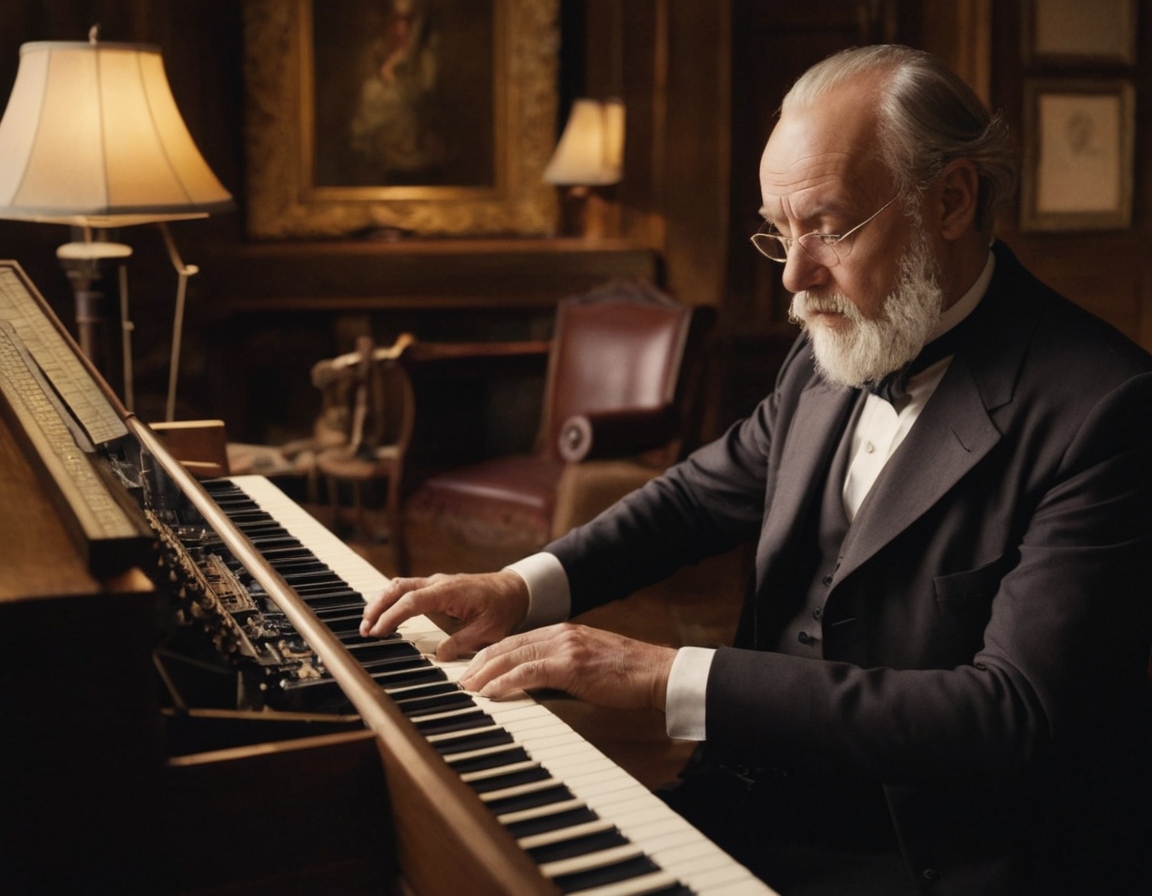
The Legacy Continues
Despite the advent of voice recognition and other input methods, QWERTY’s legacy endures, not just on physical keyboards but also on smartphones and touchscreens. Its staying power is a testament to the weight of historical precedence and the human capacity to adapt and master even the most arbitrary systems.
As we tap away on our QWERTY keyboards, it’s worth remembering that this layout is a slice of history, connecting us to the innovators of the past—and prompting us to wonder what other ordinary tools carry extraordinary stories.
